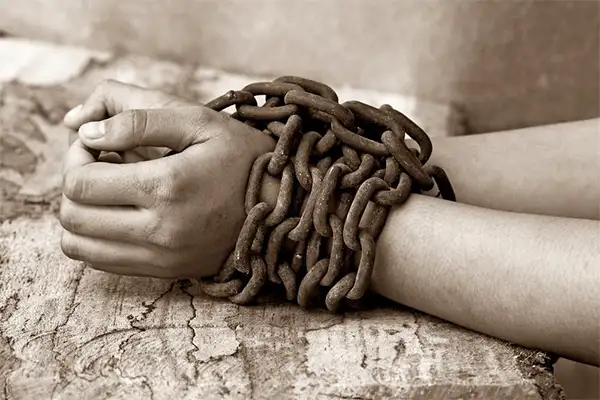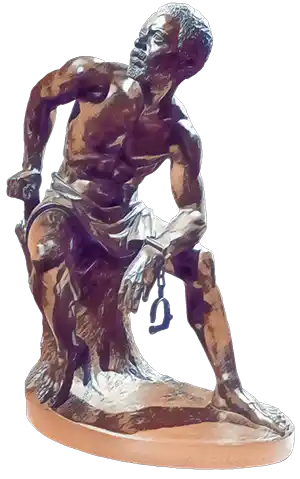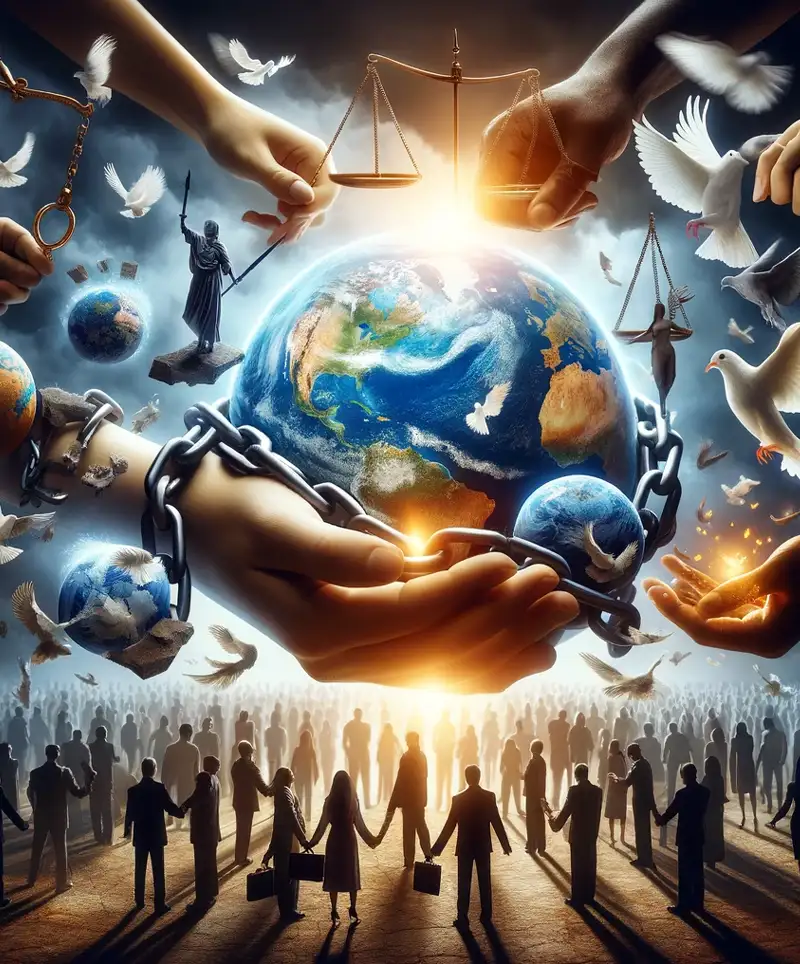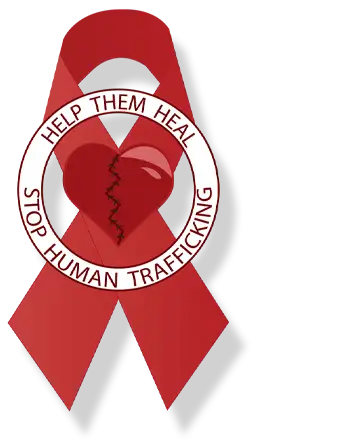A Call to Action
January marks a significant period of reflection and action across the United States, recognized as National Slavery and Human Trafficking Prevention Month. This crucial observance is dedicated to raising awareness about the modern-day scourge of human trafficking and slavery—a blight on humanity that remains pervasive across the globe despite concerted efforts to eradicate it. Through education, advocacy, and action, this month aims to shine a light on the dark underbelly of human exploitation, encouraging individuals, communities, and nations to stand united against this heinous crime.
Understanding the Scope
The challenge of comprehensively grasping the scope of human trafficking lies in its clandestine nature, which makes accurate statistics hard to come by. However, by piecing together data from law enforcement, non-governmental organizations (NGOs), and international bodies, a disturbing picture emerges—one of widespread human rights violations that span every continent and affect every race, gender, and age.
 Human trafficking is a global pandemic, not limited by geographical boundaries. The International Labour Organization (ILO) estimates that on any given day, millions of people are victims of forced labor alone, a significant portion of whom are in situations of commercial sexual exploitation. The United States is not immune to this plague; trafficking cases have been reported in all 50 states, reflecting the sad truth that this is not an issue confined to far-off lands but one that touches our own communities.
Human trafficking is a global pandemic, not limited by geographical boundaries. The International Labour Organization (ILO) estimates that on any given day, millions of people are victims of forced labor alone, a significant portion of whom are in situations of commercial sexual exploitation. The United States is not immune to this plague; trafficking cases have been reported in all 50 states, reflecting the sad truth that this is not an issue confined to far-off lands but one that touches our own communities.
Victims of human trafficking are often hidden in plain sight, working under coercive conditions in industries we interact with daily. They might be tending to crops in fields, manicuring nails in salons, constructing buildings in cities, or cleaning homes and offices. The commercial sex industry, fueled by demand and facilitated by digital platforms, remains a significant sector where victims are exploited. The complexity of identifying victims is compounded by the traffickers' manipulation and control tactics, which can include psychological coercion, debt bondage, threats, and outright violence.
While poverty, conflict, and lack of opportunity play significant roles in making individuals vulnerable to trafficking, the drivers of this illicit trade are multifaceted. They include systemic issues like inequality, corruption, discrimination, and the breakdown of social and familial structures. Traffickers exploit these vulnerabilities, offering false promises of employment, education, or a better life to lure their victims into exploitative situations.
The term "human trafficking" encompasses a wide spectrum of exploitation, from forced labor and debt bondage to sex trafficking and child soldiering. Each form of trafficking carries its own set of challenges for identification, rescue, and rehabilitation. Sex trafficking receives a significant share of media attention, but it's crucial to acknowledge and address the full range of exploitative practices that fall under the umbrella of human trafficking.
One of the most insidious aspects of human trafficking is its ability to remain hidden in plain sight. Victims may not come forward due to fear of their traffickers, lack of trust in authorities, or misunderstanding of their own situations as trafficking victims. This silence fuels the cycle of exploitation, making awareness and education critical tools in the fight against trafficking.
Understanding the scope of human trafficking is the first step towards combating it. By acknowledging the depth and breadth of this issue, we can begin to peel back the layers of secrecy that allow it to thrive, shining a light on the dark corners where traffickers operate. This awareness forms the foundation upon which effective prevention, protection, and prosecution strategies can be built, moving us closer to a world where freedom is not a privilege but a right afforded to all.
The Genesis of a Global Movement
National Slavery and Human Trafficking Prevention Month traces its origins back to advocacy and legislative milestones that sought to address and dismantle the networks of exploitation. The observance was officially designated by presidential proclamation, building upon the foundational efforts of the Trafficking Victims Protection Act (TVPA) of 2000, the first comprehensive federal law to address trafficking on multiple fronts: prevention, protection, and prosecution.
 The heart of this month lies in its emphasis on both preventing trafficking from occurring and protecting the victims caught in its web. Awareness campaigns play a crucial role in educating the public on how to recognize signs of trafficking and empowering them to report suspected instances. Training for law enforcement, healthcare professionals, educators, and other key stakeholders enhances the capacity to identify and support victims and survivors.
The heart of this month lies in its emphasis on both preventing trafficking from occurring and protecting the victims caught in its web. Awareness campaigns play a crucial role in educating the public on how to recognize signs of trafficking and empowering them to report suspected instances. Training for law enforcement, healthcare professionals, educators, and other key stakeholders enhances the capacity to identify and support victims and survivors.
A Call to Community Action
National Slavery and Human Trafficking Prevention Month is more than a time for awareness—it's a call to action. Communities across the nation engage in a variety of activities, from hosting educational events and workshops to supporting local and national anti-trafficking organizations. This month encourages everyone to play a part, whether through advocating for stronger policies, volunteering with anti-trafficking efforts, or simply spreading the word about the reality of trafficking and how to combat it.
While significant strides have been made in the fight against human trafficking, the journey is far from over. National Slavery and Human Trafficking Prevention Month serves as a yearly reminder of the work that remains to be done. It's a time to reaffirm our collective commitment to freedom and dignity for all, to support survivors in their journey of healing, and to continue the relentless pursuit of a world free from slavery.
As we observe this month, let us remember that the fight against human trafficking is not confined to January—it's a year-round battle that demands our attention, compassion, and action. Together, through awareness, education, and perseverance, we can chip away at the chains of exploitation, lighting the path toward freedom for those still in the shadows.
Please Share our Content






 Human trafficking is a global pandemic, not limited by geographical boundaries. The International Labour Organization (ILO) estimates that on any given day, millions of people are victims of forced labor alone, a significant portion of whom are in situations of commercial sexual exploitation. The United States is not immune to this plague; trafficking cases have been reported in all 50 states, reflecting the sad truth that this is not an issue confined to far-off lands but one that touches our own communities.
Human trafficking is a global pandemic, not limited by geographical boundaries. The International Labour Organization (ILO) estimates that on any given day, millions of people are victims of forced labor alone, a significant portion of whom are in situations of commercial sexual exploitation. The United States is not immune to this plague; trafficking cases have been reported in all 50 states, reflecting the sad truth that this is not an issue confined to far-off lands but one that touches our own communities. The heart of this month lies in its emphasis on both preventing trafficking from occurring and protecting the victims caught in its web. Awareness campaigns play a crucial role in educating the public on how to recognize signs of trafficking and empowering them to report suspected instances. Training for law enforcement, healthcare professionals, educators, and other key stakeholders enhances the capacity to identify and support victims and survivors.
The heart of this month lies in its emphasis on both preventing trafficking from occurring and protecting the victims caught in its web. Awareness campaigns play a crucial role in educating the public on how to recognize signs of trafficking and empowering them to report suspected instances. Training for law enforcement, healthcare professionals, educators, and other key stakeholders enhances the capacity to identify and support victims and survivors.








 "Sláinte!" is a traditional Irish expression used as a toast, equivalent to "Cheers!" in English.
"Sláinte!" is a traditional Irish expression used as a toast, equivalent to "Cheers!" in English.